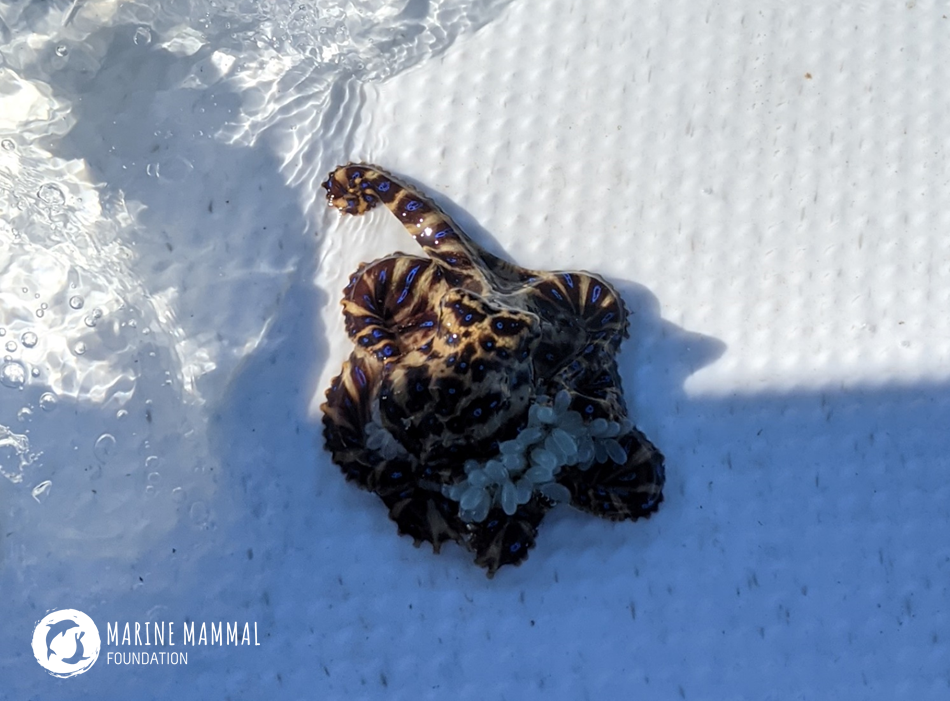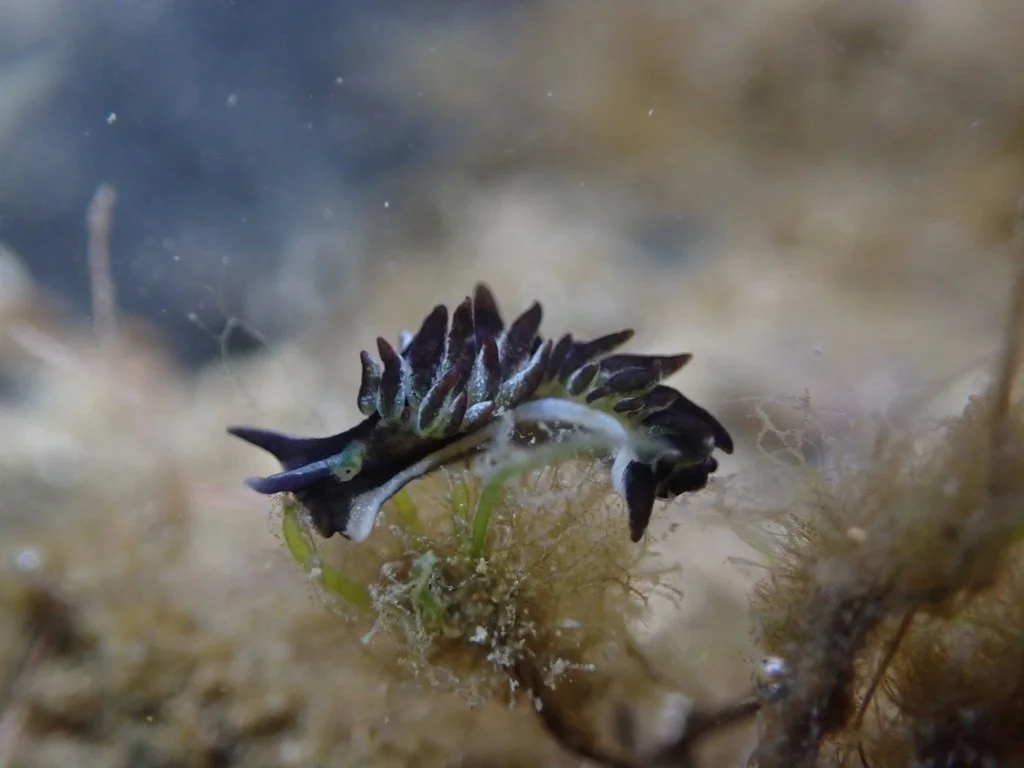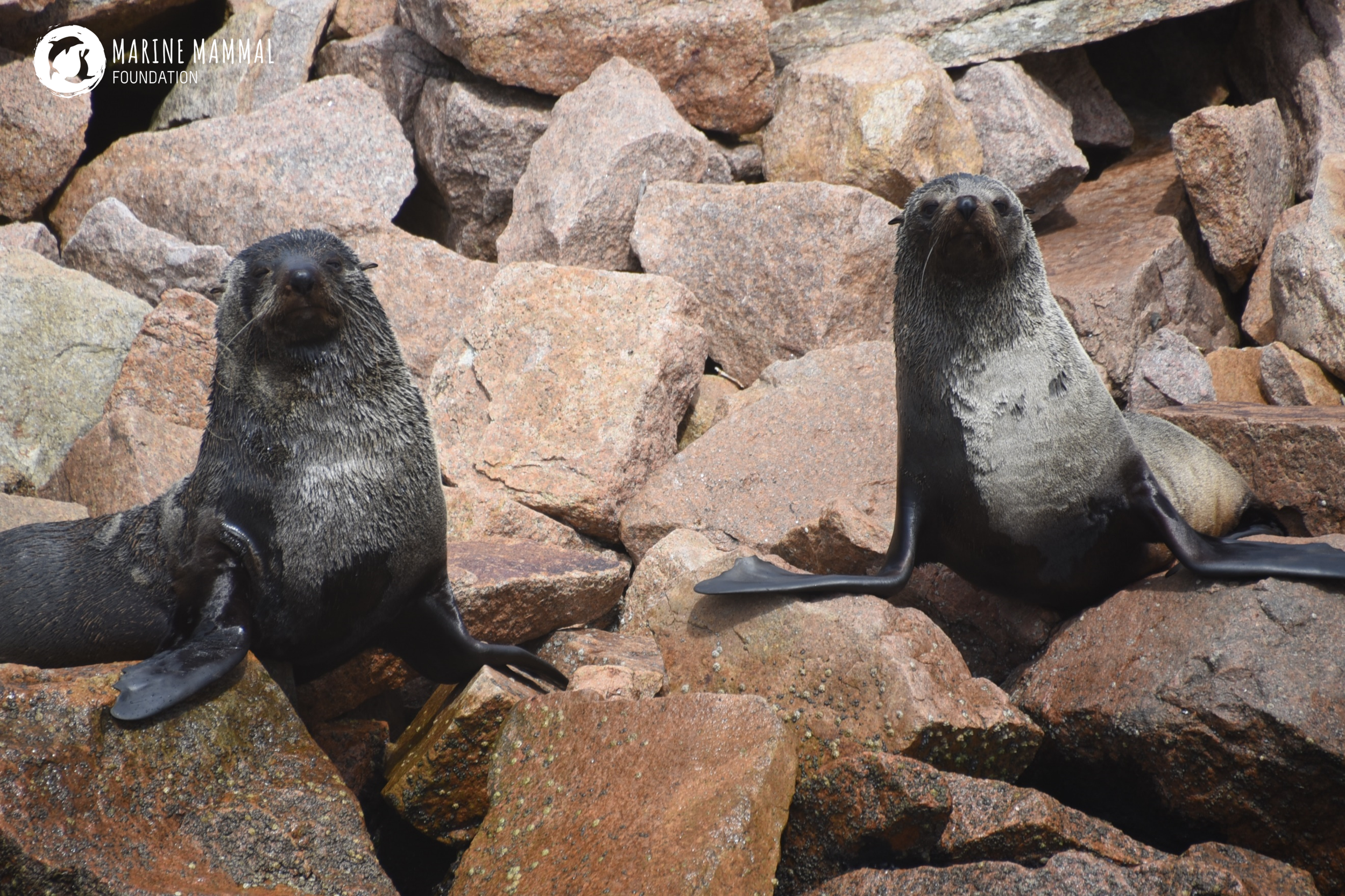Celebrating Marine Biodiversity
Written by Holly Reeves, MMF Volunteer
Biodiversity Month is a valuable opportunity to celebrate the incredible variety of life in our marine world, from the smallest plankton to the largest marine mammals. At the Marine Mammal Foundation, we work tirelessly to conserve the unique wildlife that calls our oceans home.
Marine biodiversity underpins the health of our oceans, providing essential services like oxygen production, carbon absorption and food resources, which in turn affect the overall wellbeing of our planet. Every species, no matter their size, contributes to ecosystem balance, and too often their role goes under-appreciated until it is too late. As our marine environment is placed under enormous pressure and species face increasing threats, conservation efforts are therefore more important than ever.
Australia is home to some of the world’s most unique marine species, many of which are found nowhere else on Earth. Let’s take a closer look at some of our favourite marine species and the critical roles they play in maintaining marine biodiversity.
Burrunan dolphin (Tursiops australis)
Found only in southern Australia, the Burrunan dolphin holds a special place in our hearts here at MMF! With fewer than 200 individuals recorded in Victoria, this rare species underscores the urgent need for marine habitat protection. Like other dolphin species, Burrunans rely heavily on sound for survival. They communicate to facilitate group behaviours, introduce themselves with a signature whistle when meeting different groups and click for echolocation during navigation and foraging. As key predators, Burrunan dolphins play an essential role in regulating fish populations and contributing to the overall health of their marine ecosystem through nutrient cycling.
Southern blue-ringed octopus (Hapalochlaena maculosa)
Despite its tiny size, the blue-ringed octopus is one of the ocean’s most formidable inhabitants! Found in tide pools and shallow reefs around the southern coast of Australia, the blue-ringed octopus is easily recognized by its vivid blue rings which appear when it feels threatened, warning predators of the potent neurotoxin carried in its saliva. Although its bite can be lethal to humans, the blue-ringed octopus is relatively docile in nature, and only uses its toxin in self-defense or to paralyse prey. As a key predator in its ecosystem, the blue-ringed octopus helps regulate populations of crabs and small fish. Additionally, their short lifespan makes them a good indicator species for the overall health of the environment.
Humpback whale (Megaptera novaeangliae)
Known for their stunning acrobatic breaches, humpbacks are sometimes referred to as ocean engineers because of their role in nutrient distribution. Their deep dives and feeding habits carry nutrients between ocean layers, supporting phytoplankton which produce oxygen and form the foundation of the marine food web. Humpback whales also absorb large amounts of carbon dioxide from the atmosphere, aiding in climate regulation. Did you know southern hemisphere humpbacks can travel more than 16,000 kilometres during their migrations? That’s one of the longest journeys in the animal kingdom!
Nudibranchs
Affectionally known as "butterflies of the sea," nudibranchs are a family of sea slugs related to snails, though most lack a shell. These under-appreciated creatures feed on sponges and algae, preventing overgrowth and maintaining ecosystem balance. Additionally, some species provide shelter or camouflage to other organisms through symbiotic relationships. Victoria is home to over 400 species of nudibranchs and related sea slugs, making for great variety. Did you know that some species can steal stinging cells known as nematocysts from certain prey, such as jellyfish, and store them for future defence? And when it comes to reproduction, nudibranchs engage in hermaphroditic mating, meaning each individual can act as both male and female. Next time you snorkel near a sponge or seaweed, keep an eye out for these sneaky creatures—those bright colours and distinctive rhinophores may be hiding in plain sight!
Image credit to nicolelm via iNaturalist
Australian Fur Seal (Arctocephalus pusillus doriferus)
One of the most charismatic marine mammals, Australian fur seals can be spotted basking on rocky shores along the southern coast of Australia. Among the 10 established breeding colonies found in Australia, six are found right here in Victoria! Despite their cuddly appearance, they are skilled hunters, diving up to 150 metres to catch bony fish, squid and octopus. Australian fur seals play an essential role in the marine ecosystem by maintaining the balance of prey species.
Ocellaris clownfish (Amphiprion ocellaris) and sea anemones
If you’ve ever seen Disney’s ‘Nemo’, you’ll be familiar with the Ocellaris clownfish, made famous by its bright orange body with white stripes! Found primarily in the warm waters of the Indo-Pacific, the clownfish is a small but essential part of the vibrant coral reef ecosystem, sharing a fascinating symbiotic relationship with sea anemones. Immune to the anemone’s stinging tentacles thanks to a protective mucus coating, the clownfish finds shelter and safety in its embrace. In exchange, the clownfish helps keep the anemone clean and fed. This partnership highlights the intricate connections that define marine biodiversity and showcases the interdependence of species within coral reefs, where even the smallest creatures play a vital role in maintaining a healthy ecosystem.
Image credit to Museums Victoria via Fishes of Australia
Orca (Orcinus orca)
Known as the apex predators of the ocean, preying on everything from fish to seals and even whales, orcas or “killer whales” are among the most intelligent and social marine mammals. Found in oceans all over the globe, they are easily recognizable by their striking black and white markings. Their position at the top of the food chain means they play a crucial role in maintaining ecosystem balance by regulating prey populations. Despite their fearsome reputation however, orcas also display complex social behaviours such as cooperative hunting and strong familial bonds. They live in tight-knit, female-led family groups called pods, and each pod develops its own unique vocalizations, passed down through generations.
Each of these incredible species plays a unique and irreplaceable role not only in maintaining the health of our oceans, but also in providing the essential resources and ecosystem services we tend to take for granted. In a rapidly-changing world, many of these species face growing threats from climate change, habitat destruction and pollution. This Biodiversity Month, we encourage everyone to take steps to protect our marine environment—whether by reducing plastic use, supporting marine conservation efforts, or simply raising awareness, every small action brings us a step closer to protecting our endangered species. Together, let’s ensure a future where marine life is protected and generations to come can enjoy the rich biodiversity of our oceans.







